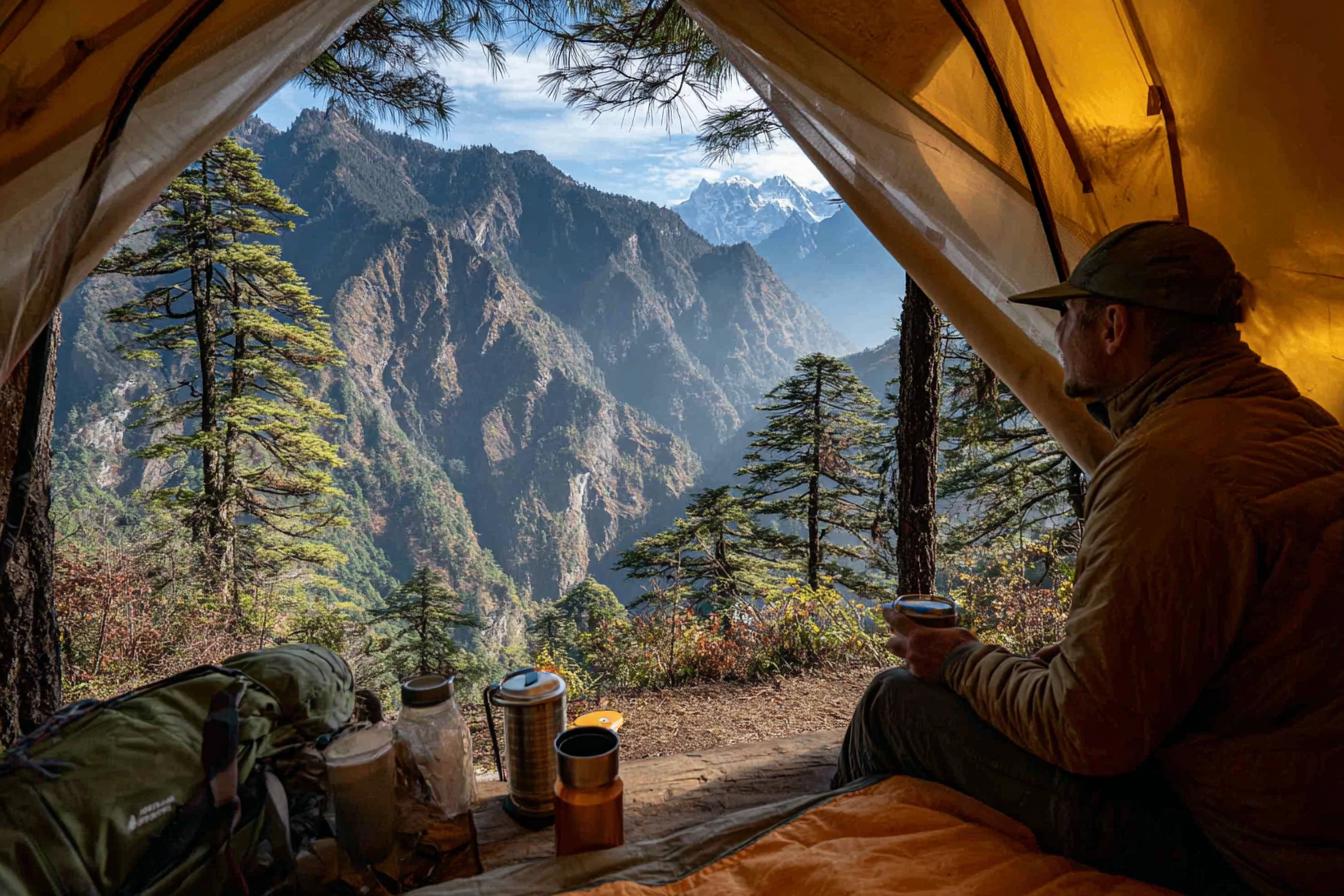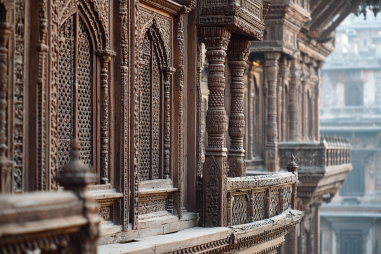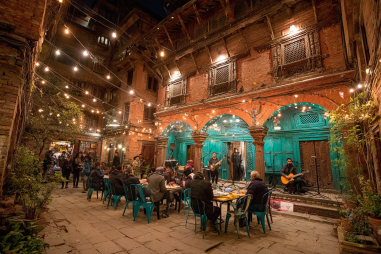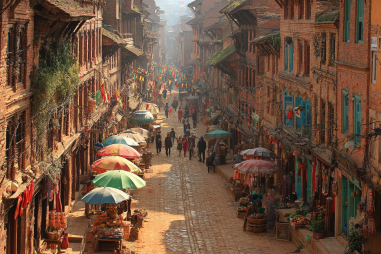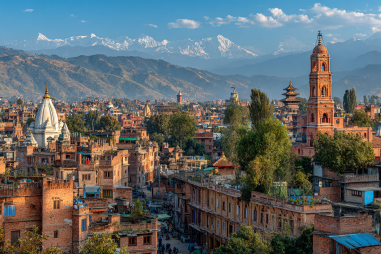Embarking on a trek that begins in Lukla, Nepal, is an exciting adventure that many first-time trekkers dream of. Known as the gateway to the majestic Everest region, Lukla offers access to some of Nepal’s most iconic trails. However, trekking in this rugged and high-altitude terrain demands proper preparation to ensure a safe and enjoyable experience. Whether you are setting out for the Everest Base Camp trek or any other route, getting ready with the right gear, knowledge, and mindset is key. This guide shares essential Lukla trek preparation tips that will help you step confidently onto the trail.
Overview of Lukla Trek Basics
Lukla is a small town in the Solukhumbu District, famous for its airport, which is known as one of the most thrilling and challenging airstrips in the world. Most trekkers fly into Lukla from Kathmandu to begin their journey into the Everest region. From here, the trek routes vary, but all involve navigating mountainous paths, dealing with variable weather conditions, and gradually ascending to higher altitudes. Trekkers should expect to hike for several hours each day, encountering stunning landscapes, Sherpa culture, and serene mountain villages along the way.
One important thing to keep in mind is that the trek requires a moderate to high level of physical endurance and mental preparation because of the rugged terrain and possible altitude-related challenges. Planning your itinerary with buffer days for acclimatization can help prevent severe altitude sickness. Understanding the basics of the trail, weather, and typical day-to-day conditions can make your experience more rewarding.
Essential Gear and Clothing Checklist
Choosing the right gear and clothing for the Lukla trek is critical, as it can make the difference between comfort and discomfort on the trail. The weather varies widely, from warm sunny days to chilly and snowy conditions at higher elevations. Layering clothes is the best way to prepare for the changing climate.
- Clothing: Moisture-wicking base layers, insulating mid-layers (like fleece or down jackets), waterproof and windproof outer shells, trekking pants, thermal underwear, hats, gloves, and sturdy trekking boots.
- Backpack: A daypack of 30-40 liters capacity is usually sufficient for daily essentials, water, snacks, and extra clothing layers.
- Sleeping gear: If you plan to stay in teahouses, a good-quality sleeping bag rated for low temperatures is recommended.
- Accessories: Sunglasses with UV protection, sunblock, trekking poles, headlamp, personal first-aid kit, reusable water bottles, and water purification tablets or filters.
It’s advisable to pack lightweight and multi-purpose gear to reduce the carry load. Proper waterproofing and good boots that are well broken in will help prevent blisters and discomfort.
Physical Fitness and Training Recommendations
The Lukla trek entails several days of hiking at moderate to high altitudes, so building up your strength and stamina before departure is essential. Ideally, you should start preparing 6–8 weeks ahead of your trek to condition your body.
- Cardiovascular Fitness: Activities like brisk walking, jogging, cycling, or swimming will help increase your endurance.
- Leg Strength: Do exercises such as squats, lunges, and stair climbing to strengthen your legs for uphill trekking.
- Hiking Practice: Go on day hikes with a loaded backpack to simulate trekking conditions.
- Altitude Acclimatization: If possible, spend some time at higher altitudes before the trek or plan your trek with gradual altitude gains and rest days.
Along with physical training, staying hydrated and eating a nutritious diet will support your training regime and prepare your body for the trek’s demands.
Travel Documents and Permits Needed
To trek in the Everest region starting from Lukla, you need to arrange several important permits before you set out. These documents are essential and must be carried with you on the trek.
- Tourist Visa: Most international visitors need a Nepal visa, available on arrival or in advance at Nepalese embassies.
- TIMS Card (Trekkers’ Information Management System): This card is issued to track trekkers and promote safety.
- Sagarmatha National Park Permit: Lukla lies within this conservation area, so this permit must be obtained to enter.
- Local Area Permits: Some villages or side trails may require additional permits.
It’s best to get your permits through a registered trekking agency or at the Nepal Tourism Board in Kathmandu. Carry multiple copies of your passport and permits as a backup.
Health and Safety Preparations, Including Altitude Sickness
Altitude sickness is a common concern for trekkers heading into the Himalayas. As you ascend above 2,500 meters (8,200 ft), the air becomes thinner, and your body needs time to adjust. Symptoms of Acute Mountain Sickness (AMS) include headache, nausea, dizziness, and fatigue.
To minimize risks, follow these health and safety tips:
- Ascend slowly and take acclimatization days when possible.
- Stay well hydrated and avoid alcohol or smoking.
- Listen to your body and never ignore symptoms of altitude sickness.
- Consider consulting your physician about medications like Diamox (Acetazolamide) if prone to altitude sickness.
- Carry a small first aid kit including painkillers, blister treatment, diarrhea medicine, and any personal medications.
- Eat energy-rich and easily digestible food to keep your energy levels stable.
Also, ensure to practice general health precautions such as proper hand hygiene, safe food and water consumption, and avoid overexertion.
Booking Guides and Accommodations
While some trekkers prefer going independently, hiring a local guide or porter can greatly enhance your trekking experience. Guides have valuable knowledge of the terrain, culture, and safety needs, and porters help carry your heavy luggage.
When booking accommodations, most lodges or teahouses along the Lukla trek offer basic but comfortable lodging with meals included. It’s wise to book in advance during peak trekking seasons (spring and autumn) to secure your spot, especially in popular stops like Namche Bazaar.
Tour companies offer packages that include guides, porters, accommodations, and meals, which can remove stress from planning and logistics for first-time trekkers.
Packing Tips for Efficient Trekking
Packing smart is necessary because you will be carrying your belongings up steep trails and across uneven terrain, and weight matters.
- Stick to essentials – avoid overpacking clothes or equipment.
- Use packing cubes or compression bags to organize and reduce bulk.
- Keep frequently used items like water, snacks, and rain gear easily accessible in your daypack.
- Bring quick-drying clothes and wash them during the trek to save space.
- Distribute weight evenly in your backpack to avoid strain.
- Waterproof your gear with dry sacks or plastic bags, especially electronic devices and important documents.
Day-Before Trek Checklist
The day before you begin your trek, make sure to:
- Confirm your flight to Lukla and arrival time.
- Recheck all your trekking gear and documents.
- Charge all electronic devices and power banks.
- Inform family or friends about your trekking plan and contact details.
- Get a good night’s sleep to start fresh and energized.
- Eat a balanced meal, focusing on carbohydrates and hydration.
Take time to relax and mentally prepare yourself for the exciting journey ahead. Remember, the first day often involves dealing with Lukla’s bustling airport and adapting to the altitude gradually.
Taking the First Step Toward an Unforgettable Adventure
Preparing well for the Lukla trek will reward you with stunning views, inspiring culture, and a true sense of accomplishment. Stay flexible, remain aware of your body’s needs, and embrace each day on the trail with enthusiasm. With the right preparation, your trek starting from Lukla can become one of your most memorable travel experiences. So pack smart, train diligently, and get ready to witness the spectacular beauty of Nepal’s Himalayas!

